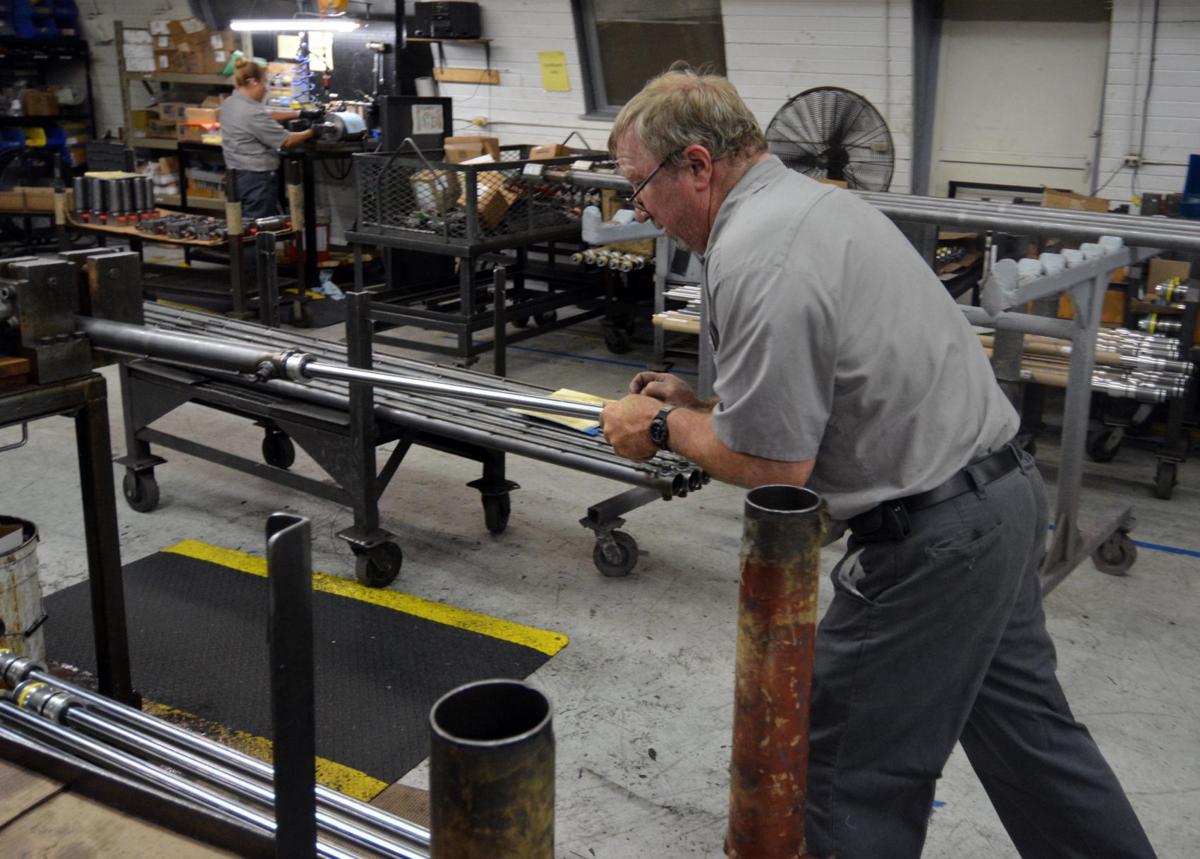A good article in Planning To Move April 1? You Still Can Under Illinois’ Stay At Home Order
Moving and relocation services is considered a "critical trade."
Published on Mar 24, 2020 1:05PM CDT
Logan Square, Humboldt Park, Avondale Primary category in which blog post is published
Mina Bloom
@mina_bloom_
Logan Square, Humboldt Park & Avondale reporter mina@blockclubchi.org
CHICAGO — Those planning to move April 1 with the help of movers shouldn’t have any problems doing so under Illinois’ stay at home order.
Moving and relocation services is considered a “critical trade,” along with janitorial work, painting and HVAC work and other services that “are necessary to maintaining the safety, sanitation, and essential operations of residences, essential activities, and essential businesses and operations,” according to Gov. JB Pritzker’s order.
The order calls for Illinois residents who don’t work at essential businesses to stay home through April 7 to stop the spread of the new coronavirus. Read the full order here.
RELATED: Here’s What’s Open And What’s Closed Under Stay At Home Order To Curb Coronavirus Outbreak
That date could be extended, though, officials have warned.
“I’m not going to tell you I know the end of April 7, that this is, in fact, the end date. We believe that that gives us time to see whether or not this social distancing and this stay at home is having the desired effect of bending the curve,” Prtizker said when announcing the order.
Anyone who leaves their home, including people who are moving and movers, is urged to practice social distancing.
Illinois had 1,285 confirmed cases of COVID-19 and 12 deaths as of Tuesday afternoon.
Symptoms
Coronavirus can be deadly, but the vast majority of cases have been mild. Those most at risk from the virus are people who are elderly or who have underlying health conditions.
Symptoms of coronavirus can appear two to 14 days after a person has been exposed to the virus, according to the Centers for Disease Control. People with no symptoms may have the virus and spread it to others.
The virus spreads between people through coughing and sneezing, according to the Illinois Department of Public Health.
The most common symptoms:
Fever
Cough
Shortness of breath
People have also experienced body aches, nasal congestion, runny nose and sore throat, according to Harvard Medical School.
If you or someone else has difficulty breathing, persistent pain or pressure in the chest, become confused, cannot be roused or develop a bluish face or lips, get immediate medical attention, according to the CDC.
How To Protect Yourself
The CDC only recommends those are already sick wear facemasks because they help you avoid spreading the virus.
Here’s what you can actually do to prevent getting ill:
The CDC and other officials have said people should wash their hands often, including before, during and after eating; after using the bathroom; and after blowing your nose, coughing or sneezing.
The CDC has a guide here for how to properly wash your hands. Remember: Wash with soap and water, scrubbing your hands for at least 20 seconds.
If you can’t wash your hands with soap and water, you can use an alcohol-based hand sanitizer, according to the Illinois Department of Public Health.
Avoid touching your face, especially your eyes, nose and mouth, with unwashed hands.
Clean and disinfect objects and surfaces you touch frequently, like cellphones and light switches. Here are tips from the CDC.
Stay home when you’re sick and avoid close contact with people who are sick.
If you have to sneeze or cough with a tissue, throw it out immediately after using it, according to the CDC.
What To Do If You Think You’re Sick
Even if you’re not showing symptoms, the Chicago Department of Public Health recommends people coming from high-risk countries (here’s a CDC list) self-quarantine for 14 days after returning home.
If you do have symptoms of coronavirus, contact your primary doctor or a health care facility before going in. Explain your symptoms and tell them if you’ve come into close contact with anyone with coronavirus or traveled to an area where COVID-19 is widespread (here’s a CDC list) within the last 14 days, according to the Illinois Department of Public Health.
From there, the experts will work with your local health department to determine what to do and if you need to be tested for coronavirus, according to the Illinois Department of Public Health.
And, of course, if you think you’re sick with coronavirus, don’t risk exposing other people to the virus. Anyone who feels unwell has been ordered to stay home or risk getting a $500 fine.
Those with questions and concerns about coronavirus can call the Illinois Department of Public Health at 800-889-3931.
Block Club Chicago’s coronavirus coverage is free for all readers. Block Club is an independent, 501(c)(3), journalist-run newsroom.
Subscribe to Block Club Chicago. Every dime we make funds reporting from Chicago’s neighborhoods.













